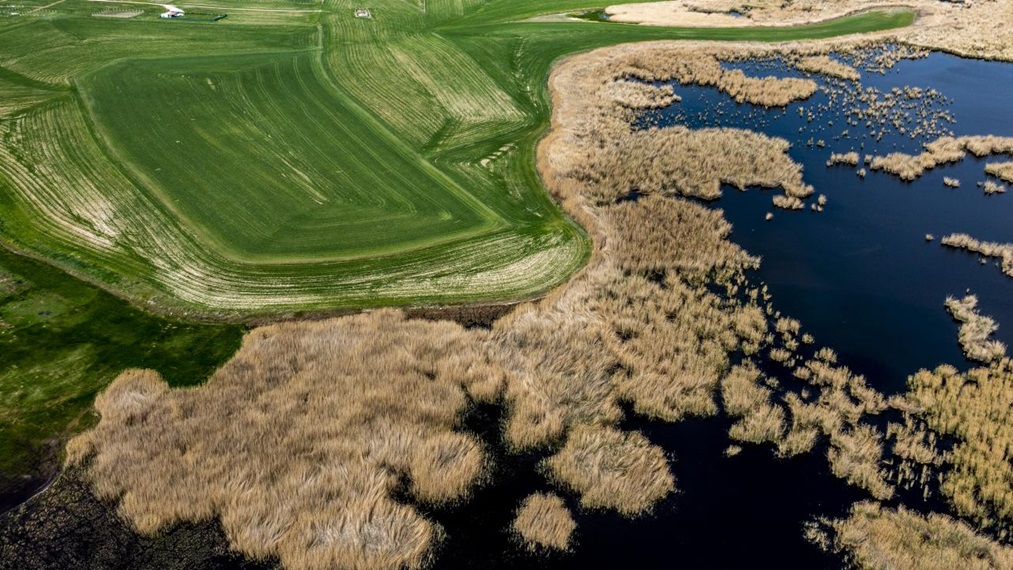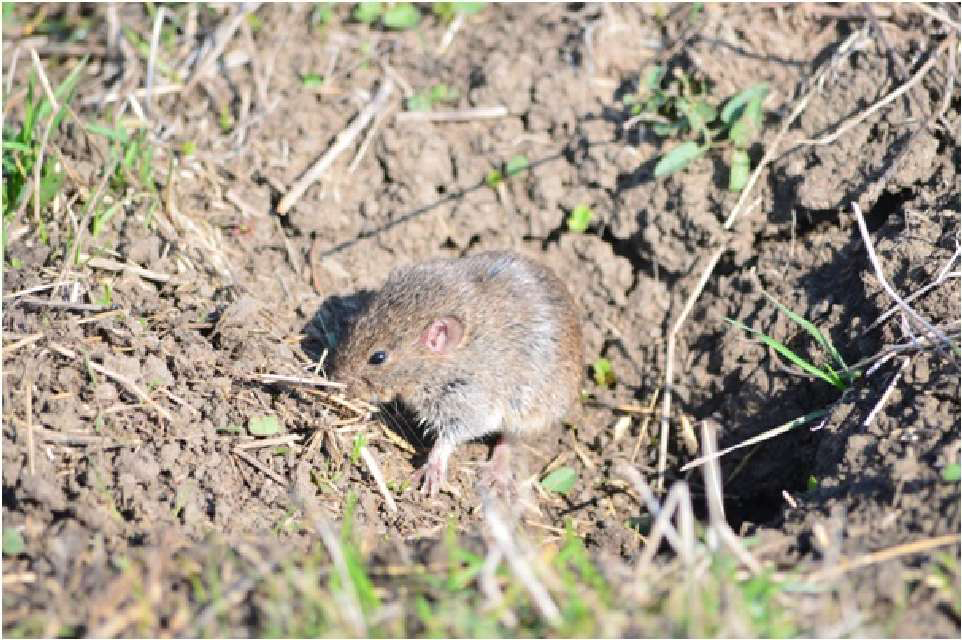Türkiye also stands out in terms of endemic species, i.e. species found only in one region in the world. Endemism is directly related to the mobility of living things. It is more common in living beings with low mobility. Species groups that can travel long distances, such as large mammals and birds, have low rates of endemism. Living beings whose mobility is relatively weak or whose movements are restricted by various barriers develop characteristics that will adapt to the region they are located in and become specialized to the area they live in. These specializations eventually cause those species to become endemic.
Ten of the mammal species living in Türkiye are endemic to Türkiye. These species have a distribution in a region limited by geographical isolation.
|
Turkish |
English |
Latin |
|
Arısıpası |
Jackass Shrew |
Crocidura arispa |
|
Toros Yer Sincabı |
Taurus Ground Squirrel |
Spermophilus taurensis |
|
Anadolu Tarla Faresi |
Anatolian Vole |
Microtus anatolicus |
|
Doğramacı Tarla Faresi |
Doğramaci’s Vole |
Microtus dogramacii |
|
Silifke Dikenli Faresi |
Anatolian Spiny Mouse |
Acomys cilicicus |
|
Kaya Yediuyuru |
Woolly Dormouse |
Dryomys laniger |
|
|
|
Chionomys stekolnikovi* |
|
|
|
Microtus lydius* |
|
|
|
Talpa hakkariensis* |
*: The Turkish and English names of these relatively new species do not appear in the literature.
There is no endemic bird species living in Türkiye, but the Krüper's nuthatch (Sitta krueperi) is a near-endemic species. Outside Türkiye, it has a limited distribution in Georgia, Armenia and the Greek island of Lesbos.
Endemism rate is higher in other species groups. With nearly 3500 endemic plant species, the endemism rate of plant species recorded in Türkiye is more than 30%. Of the butterfly species, 45 are endemic and the rate of endemism is approximately 12%. Of the over 370 freshwater fish species, 154 are endemic and the rate of endemism is approximately 42%.




